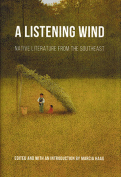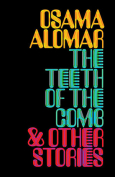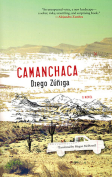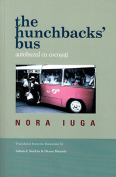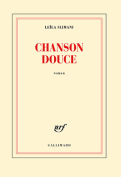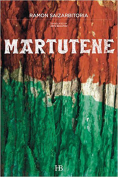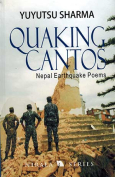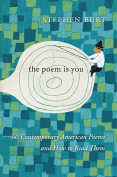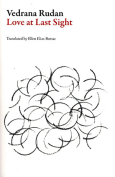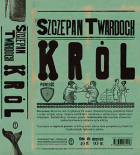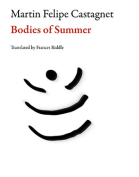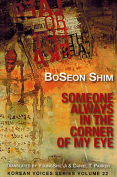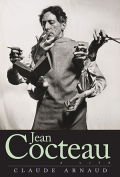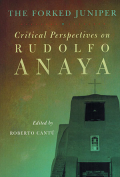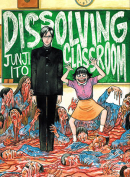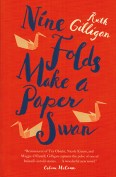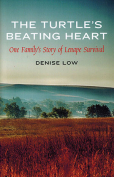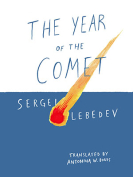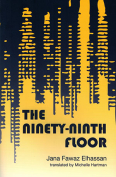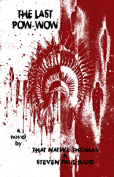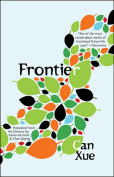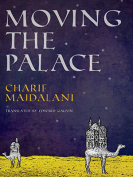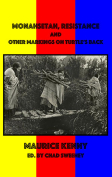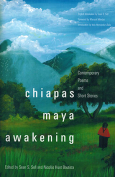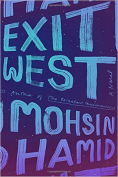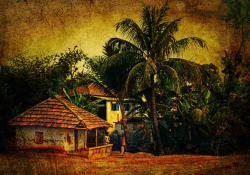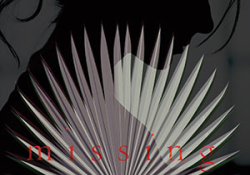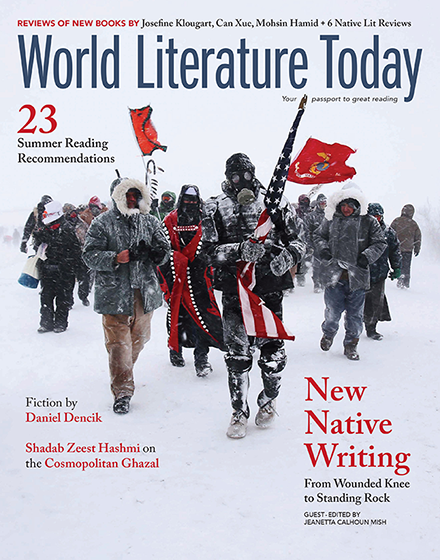How I Became a Tree by Sumana Roy
 New Delhi. Aleph. 2017. 244 pages.
New Delhi. Aleph. 2017. 244 pages.
As with acts of observing the complex structures of trees, it takes a few rounds of intense readerly attention to detect the subtle patterns in Sumana Roy’s exquisite work of nonfiction, How I Became a Tree. One of these patterns is her unique ability to find kindred arborphiliac souls in figures from the past. Roy meticulously follows the paper trails left by tree lovers like the artist Nandalal Bose, the Bengali literary icon Rabindranath Tagore, and the physicist Jagadish Chandra Bose.
Interspersed with descriptions of their writings are brief, stunning flashes of recognition: “The Sanskrit word for this kind of kinship is ‘sahrydaya,’ the cosoul, the soulmate, the sharer of the soul. Discovering a sahrydaya in Nandalal brought such relief and joy: I was not the only one who had regarded the tree as a human or the human as a tree. I turn a page, and there is Nandalal again, showing students how to draw tree joints. I smile at the kinship, the reference to ‘human’ in the instruction. . . . The tree-becoming human is also on the next page where the illustration of tree bark made me want to scratch a rough patch of skin on my knee, where so many scars of childhood games live.”
Such moments of sahrydaya illuminate “a liberating sense of life, where one can be plant and human at the same time,” but her loving attention to soulmates is also tethered to a larger structural purpose. How I Became a Tree begins by positing the world of trees as an alluring other to that of the human—the author ardently desires to live in “tree time.” However, as the narrative grows and proliferates through discussions of the thoughts of soulmates, the recall of personal memories, and the explications of the representation of trees in literary and philosophical works, the active anthropocentric desire to transform into the other gradually fades.
Instead we are presented with a subtle, more ordinary process of becoming: “I tried to live to tree time, rejecting speed and excess. And yet I did not feel completely like a tree. Not until a bird came and sat on my shoulder around sunset one day. I did not move. I do not know about the bird but I was certain that in the thinning margins of that forest . . . I was, at last, ready to be a tree.” In small, subtle turns of unexpected kinship like the above, the kaleidoscopic dimensions of Roy’s distinctly ordinary quest to become a tree emerge clearly into view.
Amit R. Baishya
University of Oklahoma
Add it to your Goodreads reading list.
